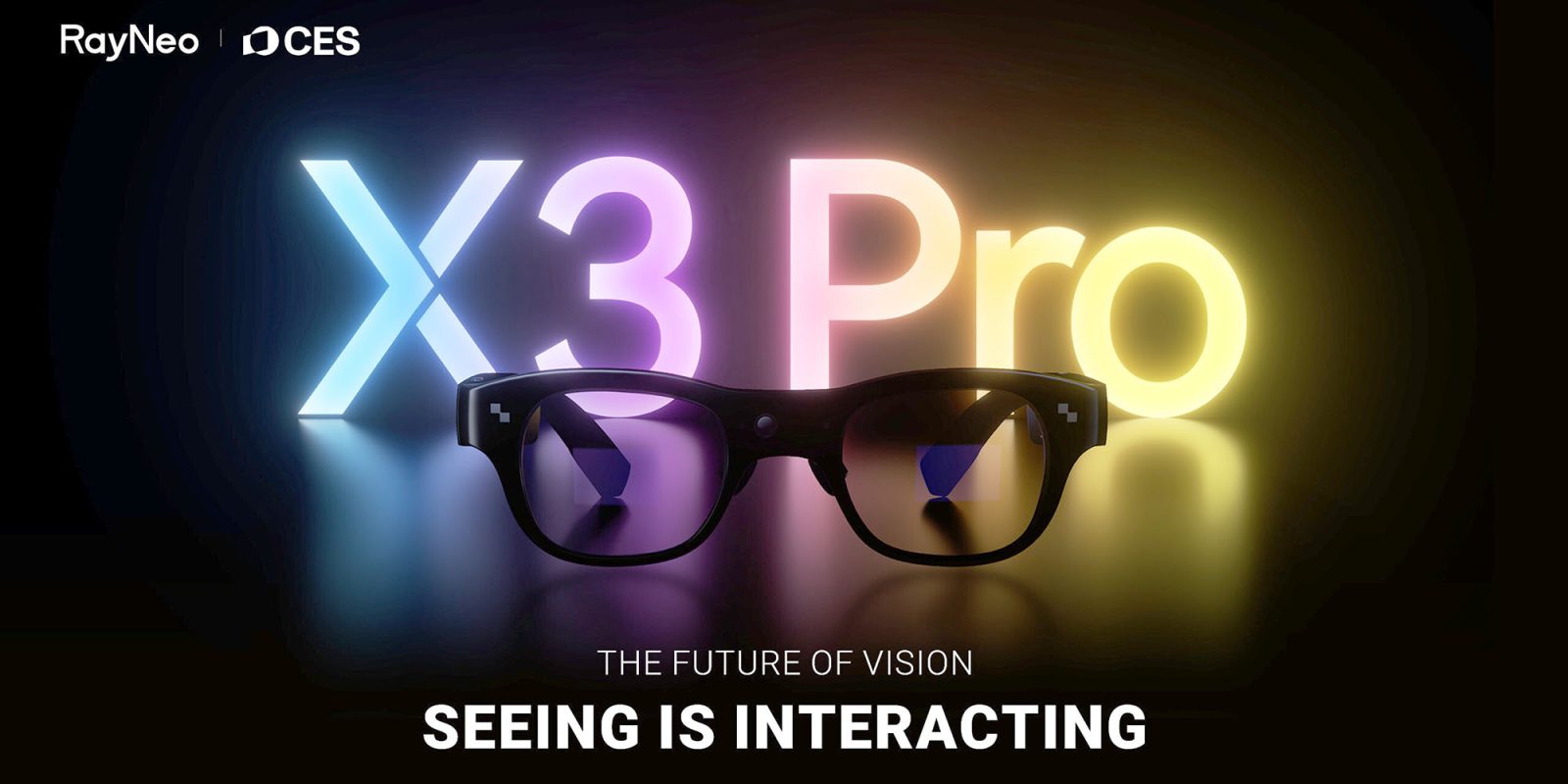
Apple’s long-term goal for Vision Pro is believed to be an Apple Glasses product, in which an ordinary-looking pair of glasses will be able to display both text and AR content.
We’ve seen some competitors take early steps in that direction, and the RayNeo X3 Pro AR glasses look like the closest thing we’ve yet seen in a real-world product …
The long road toward Apple Glasses
A glasses form factor is also believed to be Apple’s long-term goal, with Vision Pro just an early step along the way. Back in 2019, it was reported that Apple believes that AR glasses will eventually replace the iPhone.
Meta showed off an early prototype of its Orion AR glasses last summer, providing a persuasive look at what we can one day expect in something that looks and feels more like the company’s existing smart glasses. However, the prototype was massive clunky, and reputedly cost $10,000 apiece just to manufacture.
In the meantime, a new model of the company’s existing RayBan Meta smart glasses are said to be in line to get a display next year.
RayNeo X3 Pro AR
Engadget’s Karissa Bell got a chance to try RayNeo’s latest glasses at CES.
RayNeo use microLED projectors and waveguides to produce a full-color AR display. The field of view is just 25 degrees […] but it’s impressively bright. Even under the fairly bright lights of a Las Vegas casino ballroom, I had no problem seeing the menus or even reading text (the display outputs 2,500 nits, according to the company).
What stood out the most, though, was the size. At less than 3 ounces, the RayNeo X3 Pro are impressively lightweight. Like other AR glasses I’ve tried, they don’t quite look like a “normal” pair of frames, but they don’t feel that far off either.
The glasses of course have a ChatGTP-powered AI assistant, and also support real-time translation of speech to text, which Bell said works well even in the noisy environment of CES.
There are two notable downsides, though. Battery-life is said to be just 30 minutes in heavy use, and the price is expected to be around $1500. There’s no specific word on availability, but the launch is promised for “later this year.”
While the exact form factor is hard to see in RayNeo’s promo image, you can get a better idea of the real-life look in the photos over at Engadget.
Image: RayNeo
FTC: We use income earning auto affiliate links. More.




